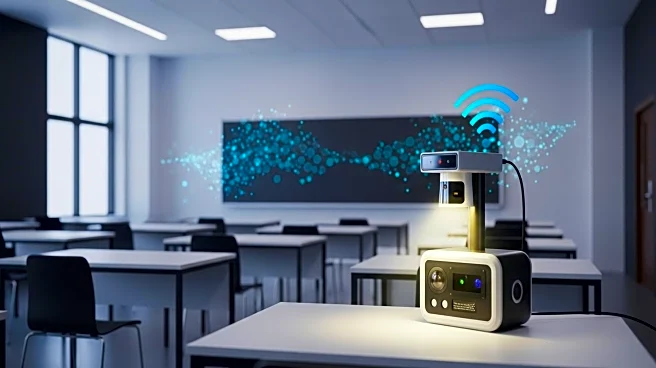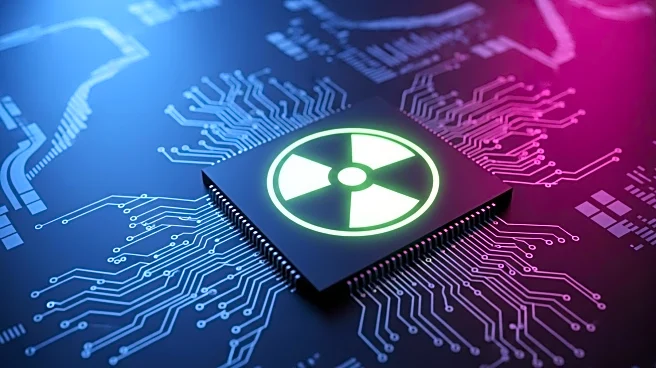What's Happening?
A recent study emphasizes the importance of monitoring and managing indoor air quality in classrooms using IoT-driven systems. The research highlights the negative impact of pollutants like particulate matter on human cognition and performance. The study utilizes hierarchical cluster analysis to categorize indoor spaces based on pollution levels, identifying areas with low, moderate, and high pollution. The findings suggest that effective air quality management strategies, such as air purifiers and proper ventilation systems, are essential for maintaining a healthy learning environment.
Why It's Important?
Indoor air quality is crucial for the well-being and academic performance of students. Poor air quality can lead to cognitive impairment, fatigue, and decreased performance, affecting both physical and mental health. The study's findings underscore the need for schools and educational institutions to prioritize air quality management to ensure a conducive learning environment. Implementing IoT-driven systems can help in real-time monitoring and prediction, allowing for timely interventions to improve air quality.
What's Next?
The study suggests that educational institutions should adopt IoT-based air quality monitoring systems to regularly assess and improve indoor environments. This approach can lead to better health outcomes for students and staff, enhancing overall academic performance. Future research may focus on expanding the use of IoT technology to other indoor environments, such as offices and homes, to address air quality issues more broadly.
Beyond the Headlines
The integration of IoT technology in air quality management represents a significant shift towards smarter, data-driven solutions for environmental health. This approach not only improves air quality but also contributes to the development of sustainable practices in building management. As awareness of indoor air pollution grows, there may be increased demand for IoT solutions in various sectors, driving innovation and investment in environmental technology.











